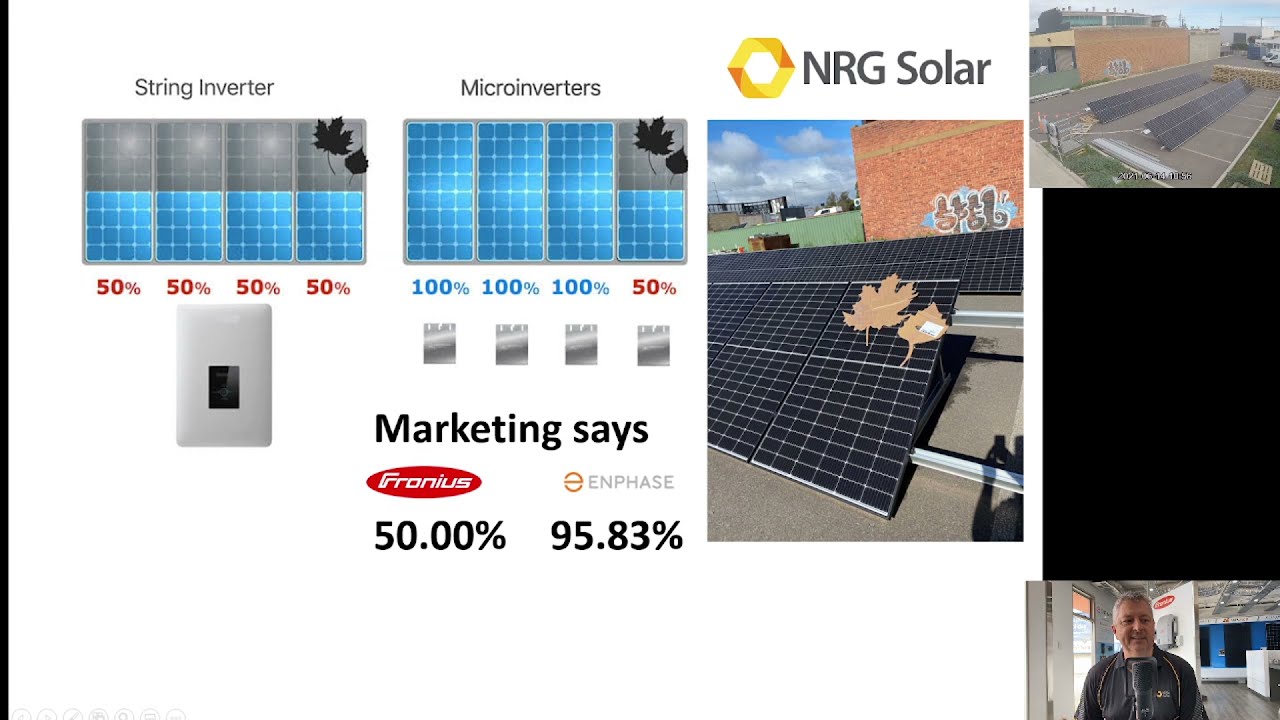Greetings and welcome to my promised post about Module Level Optimisers
I noted in another post that I am going this route and herewith the results of this experiment.
Problem Statement:
- Various Roof directions (I have modules facing north, east and west)
- Severe Afternoon shading on the West panels
- Morning (early) and afternoon shading on the 4x North String
This necessitated me to look at alternatives and what can be done. There is still the option to negotiate with my neighbour to cut down the palm tree, but then I have to talk to my neighbour! (Me being an introvert and all).
I opted to canvas the market for module level DC/DC optimisers that can work with my current MPPT. I found them in the Tigo brand and got myself 8 at R200 per optimiser (Okay, the seller quoted them as SMA, but it is just Tigo… SMA 475W Optimizer (SOL-P-O-475))
And yes, you read correctly there… I am a bit worried that this is a non-reputable place and might have sent me know-offs as the normal price (various sources) is around R800 per optimiser. Hell the things got here and looked legit, so it went on.
My set up:
- 2x 5.5kW Ohm branded Deye inverters, master/slave configuration
- 4x Strings, Master PV 1 = 4x395W on the East Side, Master PV 2 = 6x405W on the North face, Slave PV 1 = 4x395W on the West and Slave PV 2 = 4x395W on the North Part (I will perhaps, maby, if I feel like it add the actual photos later)
- Battery back-up that never reaches full capacity (I blame the tumble dryer, it just can’t be my water purification plant. I refuse to believe it (yes it is the purification pumps, but no!))
- No grid feedback
The reason in pictures to why Optimisers were needed, note this was a clear sky day!
As you can note, the morning one module is shaded (roof shading) then the palm tree strikes in the afternoon. The east side looks worse!
The process of data analysis (is this worth it):
To compare if the devices is worth it I took the Master North string as a reference and using clear sky day before and after the install to “calibrate” for differing irradiance (turns out the 11th had 1.034x the irradiance than the test day 15th).
The Results (in picture) of the North Face optimiser installation:
One can immediately see the difference in the morning. I still did not win the palm tree…
When comparing this in terms of data the following picture comes out:
I did not win on the West optimisation at all, or rather minimally. The North optimisation wins by a lot. The sharp decline on the west side at that time has a few reasons, not just the palm tree… The only win here is that it smooths the dips and swells. So less strain on the MPPT?
Shortcomings of the analysis:
- Limited period of comparison (2x similar winter days)
- I have not compares string level energy generation against previous days (only inverter level)
- Not sure how the wind blew on each day (palm tree moves quite a bit in wind…)
Overall results on energy at the inverter:
- Not optimised: 9.8kWh
- After Optimisation and including correction factor: 10.42kWh
This is around 6% overall increase in winter energy.
If we assume that this is so for entire year then the “increase” in energy would equate to around R1.86 per day.
Given the overall costs (8xR200 + installation) I will be getting a return of around 4years and 5 months…
In my opinion the benefits of using optimisers:
- Panel level MPPT allows for better overall performance
- Shading of a single panel no longer affects the other
- In the case of these optimisers additional quick shut down in case of fault
- You can get maximum out of 2 strings facing different directions without opting for another MPPT
- You can add different panels to the same string and get panel maximum performance.
- You can optimise 1 panel as opposed to the entire string (note performance here is a guess from my side, plonkster might argue differently here!)
Overall drawbacks:
- Additional component that can fail.
- More connections on the roof that can fail.
- Additional efficiency losses in the system (minor but can have an effect…)
- Wife noted that we have more energy now so she can run the tumble dryer more…



